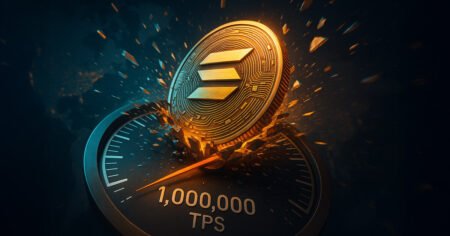In an era where technology is ever-evolving, mobile devices have become an essential tool for connectivity, raising concerns about privacy and security. However, these same devices could hold the key to a more decentralized and secure digital future through decentralized physical infrastructure networks (DePIN). Projects like Solana Mobile’s Seeker are paving the way for this transformation by leveraging the advanced capabilities of smartphones to support decentralized infrastructure.
DePIN technology aims to replace centralized systems with peer-to-peer networks, giving individuals more control over their data and promoting community participation. Mobile devices play a crucial role in achieving DePIN at scale, as the vast number of smartphone users ensures constant connectivity and an extensive network. The increasing power and capabilities of mobile phones make them ideal nodes in decentralized networks, enabling complex tasks and secure data storage.
Integrating mobile devices into DePINs enhances network efficiency, accessibility, and sustainability, offering a viable alternative to centralized models. Projects utilizing decentralized infrastructure are already making significant impacts in industries like AI development and telecommunications. DePIN democratizes access to AI capabilities by leveraging decentralized networks of mobile devices, allowing smaller entities to participate and benefit. In the realm of telecommunications, projects like Helium are creating community-driven networks that reduce costs and extend connectivity to underserved areas.
The future of DePIN lies in mass adoption of Web3 technologies, with mobile devices playing a pivotal role in realizing the full potential of decentralized networks. As more individuals join and contribute to these networks, they become stronger and more resilient, driving further adoption. DePIN has the potential to revolutionize various industries by enhancing efficiency, security, and sustainability through decentralized infrastructure. This transformative technology has already demonstrated its capabilities and is paving the way for a more decentralized and secure digital future.

















